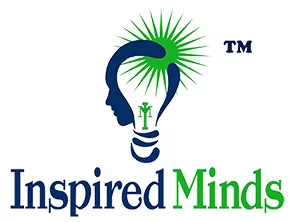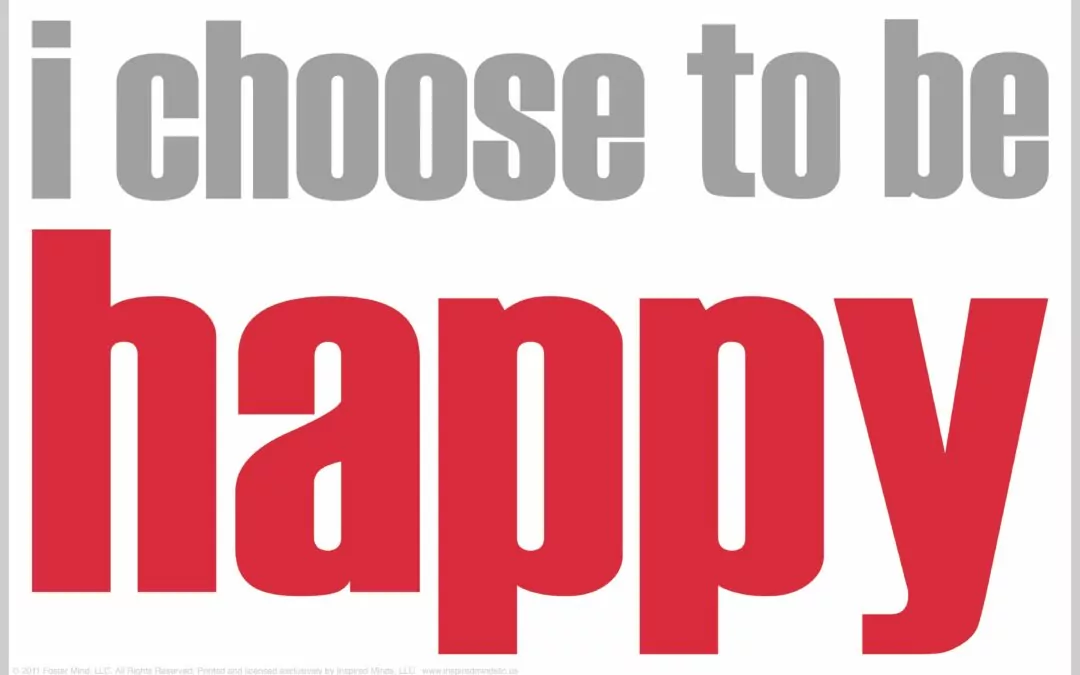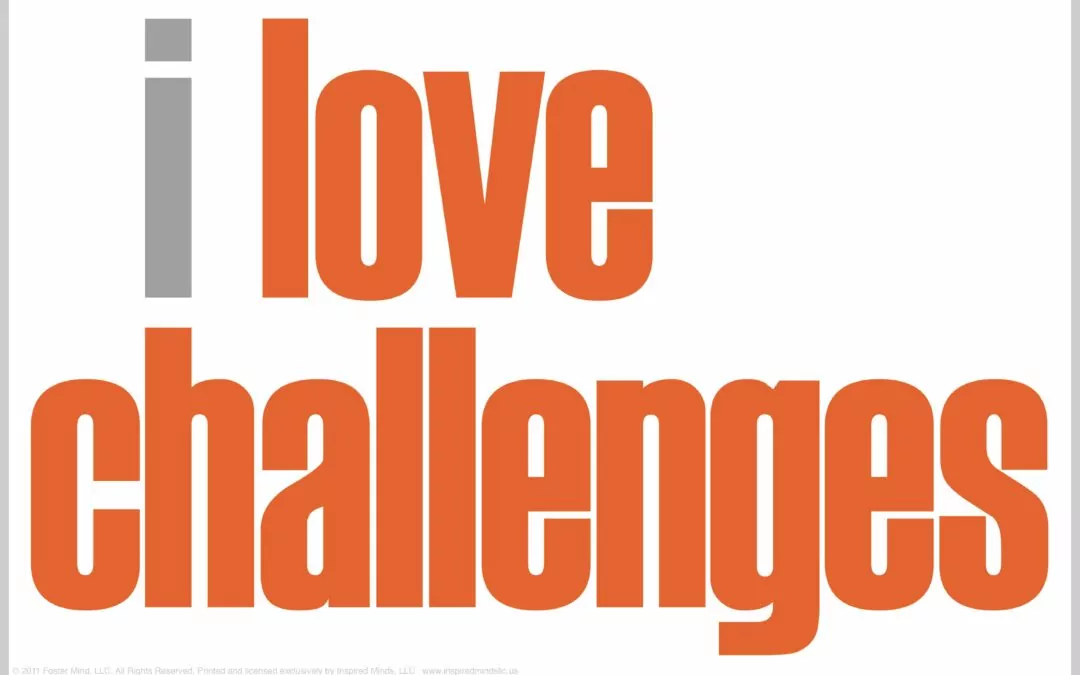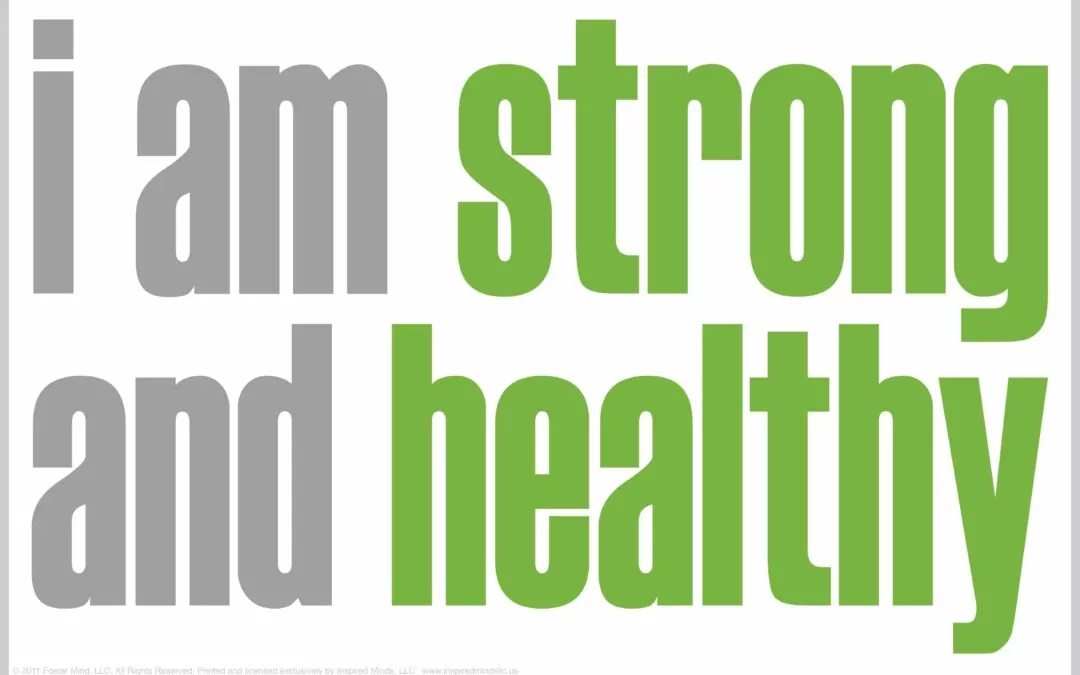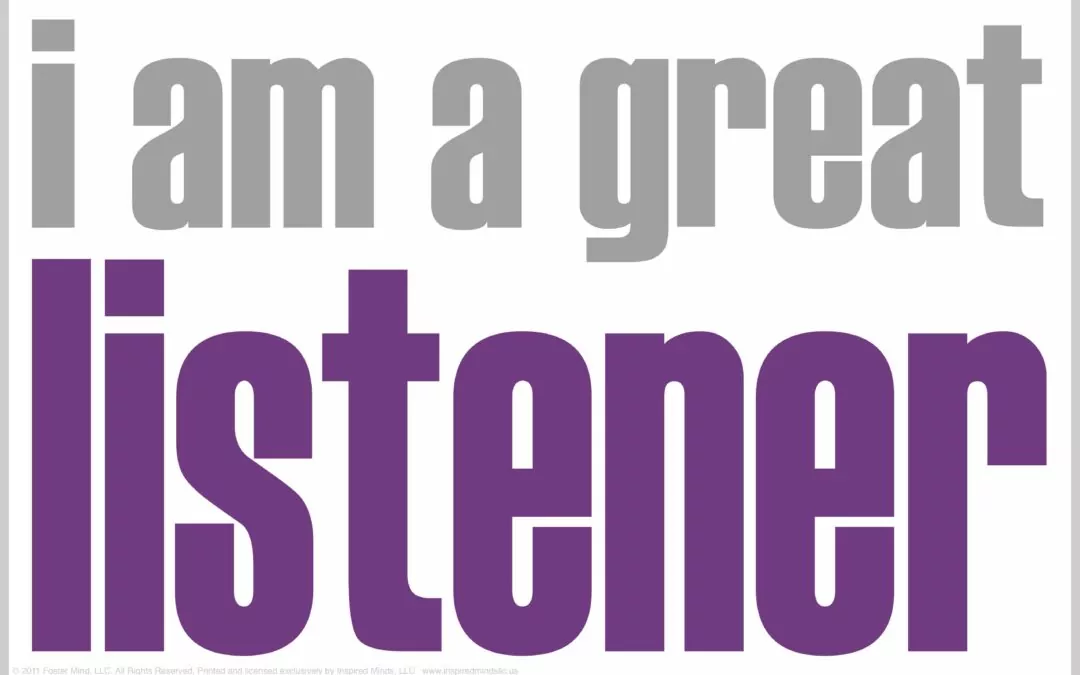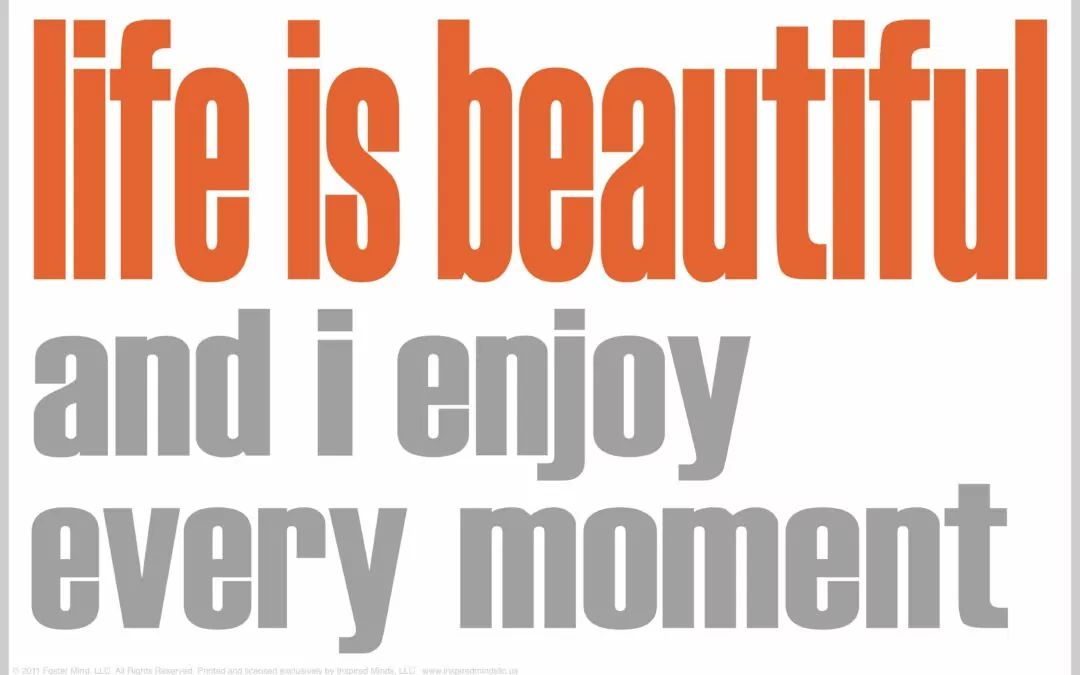
SEL Discussion Resource: LIFE IS BEAUTIFUL
This week’s free SEL discussion resource focuses on enjoying every moment in life, but also on looking at how the darker moments help us appreciate the beautiful ones. The discussion is a way to apply the affirmation to each of the five core competencies of social and emotional learning.
We provide the idea-starters with the intent that teachers can develop creative variations to adapt to age-appropriate use for their students.
SEL Discussion Resource: LIFE IS BEAUTIFUL AND I ENJOY EVERY MOMENT
Self-awareness
Write or say the affirmation together: Life is beautiful, and I enjoy every moment.
- Write a paragraph about how you feel about the affirmation.
- Describe physical sensations you feel when you have beautiful and happy thoughts about life: tears of joy, lower heart rate, calm, slower breathing, smile, relaxed face, feeling light.
- Describe physical sensations you feel when you experience thoughts or feelings such as sadness, frustration, or anger: heat (embarrassment, shame), pressure (stress), tingling, muscular tension (anger, nervousness), headache, rapid breathing.
Self-management
- A beautiful life doesn’t mean a perfect life.
- Encourage students to share how difficulties can also be beautiful.
- How or why could someone enjoy every moment when there are sure to be sad ones?
- Discuss how we appreciate the light more when we also have darkness.
- Play a game of Unfortunately/Fortunately. Name a statement about something that is unfortunate, then have students give a positive statement about what is still good. Examples:
- Unfortunately, I didn’t pass my test. Fortunately, I can study and try again.
- Unfortunately, we can’t go outside for recess because of the weather. Fortunately, we have fun indoor things we can do.
- Unfortunately, I lost my favorite gloves. Fortunately, I got new ones for my birthday.
Responsible decision-making
- Life is beautiful when we recognize when it’s ok to say no and report something. Describe what someone can do if they are in a situation that doesn’t feel right.
- Discuss or write about what activities or interests give you a sense of enjoyment.
- Group discussion: Sometimes circumstances outside of our control can bring emotions that are the opposite of enjoying every moment. How do you express those emotions? Who do you express them to?
Social awareness
- When you believe life is beautiful and you enjoy every moment, what effect does that have on the people around you?
- Sometimes others have emotional triggers because they don’t know how to express their experiences. How can you respond when someone is acting out?
Relationship skills
- Make a list of the qualities you value in your classroom culture that make life beautiful and enjoyable. Examples: acceptance, trust, being helpful, safety, listening, fairness, encouragement.
Next week’s SEL focus: I FEEL CONFIDENT
To find the full-size posters to use in your classroom (or the magnet or postcard size) visit our store.
Suggestion for virtual learning:
- Purchase a pack of 30 postcards for the teacher to hold the appropriate one up to the screen during discussion.
- Purchase a pack of 30 small hand-off notes for each student to have at home with them. This allows for an interactive and hands-on experience.
